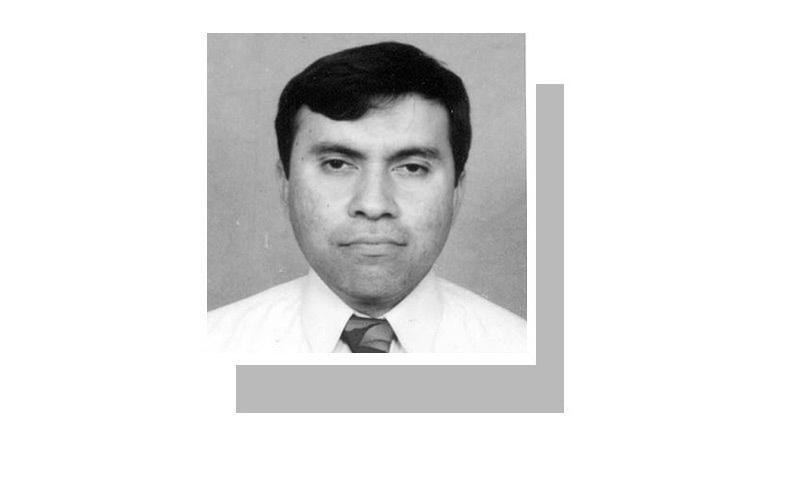
PRESIDENT Donald Trump’s recognition of Jerusalem as Israel’s capital and his decision to move the US embassy in Tel Aviv there was a foreign policy statement. A move likely to inflame the entire Middle East, Trump’s decision has boosted the Israeli regime’s controversial claim on Jerusalem.
In other parts of the world, the choice of location of administrative capitals has been a complex issue for other reasons. Turkey under Mustafa Kamal decided to move away from the centuries-old imperial city of Istanbul to the little-known Ankara. The choice was justified through technically valid arguments. Ankara was closer to the geographical centre of Anatolia. It offered better accessibility to people from Turkey’s lesser developed eastern regions. Its construction offered a trend in urban development away from the Istanbul-Izmit region and was useful in creating a balance between the rural east and the more urban west in the Turkish republic.
In the southern hemisphere, president Juscelino Kubitschek of Brazil successfully led the planning and development of Brasilia as the new federal capital in the late 1950s. The city was inaugurated in 1960. Rio’s resource monopoly was shifted towards a more central location.
Julius Nyerere, founder of modern Tanzania, led the shifting of the capital from coastal Dar-es-Salaam to the more centrally located and newly planned Dodoma.
Not everything has gone according to plan in Islamabad.
After losing Lahore to Pakistan as per the Partition plan, Jawaharlal Nehru decided to build a new capital city for eastern Punjab. Chandigarh was developed under the famous architect Le Corbusier.
The planning and development of each of these cities cost a fortune for the cash-strapped governments initially. And some decisions ignored public sentiment, as in Islamabad’s case.
When the subcontinent was partitioned, Mr Jinnah decided to relocate administrative establishments to Karachi where he wished to retain the seat of government — Karachi was accessible to the people of East Pakistan by sea. It had a reasonably developed urban infrastructure to support capital functions.
For the Muslims migrating en masse from India, Karachi was a desirable choice thanks to better education and employment prospects. Later, the government prepared plans for developing a new capital complex some 25 kilometres from the city. The precedent was Old and New Delhi, seen as a workable example. Thereafter the military-bureaucracy nexus started looking for options to shift the capital out of Karachi.
Student and labour riots in the following years unnerved the government. In the mid-1950s, it was decided to move the capital away from Karachi. C.A. Doxiadis, a Greek advising the government on physical planning and resettlement, was invited to take up the task. After a series of studies, he proposed a site at the foot of the Margalla Hills which was accepted by the military government.
East Pakistan residents were unhappy with the decision to shift the capital from Karachi to Islamabad as it meant increased travel time and cost, besides inconvenience. The government came up with a fantastic idea, and decided to have two capitals — one administrative, the other legislative. There was a complex proposed and eventually built in Dhaka to calm down the Bengali masses. The Dhaka Assembly Building designed by architect Louis I. Kahn is a reminder of this initiative. The scheme was named Ayub Nagar.
While Islamabad was being given shape, many believed that the city and its natural surroundings would forever be pristine and that the green belt and mulberry trees’ plantation would provide the perfect conditions for the top leadership and bureaucracy to work in. This expectation has fallen apart. The number of vehicles plying the roads of Islamabad is rising. Many heavy vehicles enter the city from the Kashmir Highway to bypass the GT Road congestion while moving around Rawalpindi.
Contrary to the prescription of master plans, many industries function in Islamabad Capital Territory. Visible categories include steel furnaces, acid works, marble cutting, metal melting, cement plants (in the suburbs) and others. The city does not have a suitable sewage treatment plant nor possesses a proper sanitary landfill.
Islamabad was supposed to be a capital for the people at large, and not just a city for the privileged. The options of housing for the working classes are very few. There are a few squatter settlements that exist without the security of tenure and with the absence of essential services; the Capital Development Authority is quick to remove the others. There are no designated locations for housing the urban poor. No such scheme appears to be in the pipeline either. Thus ordinary folks have some justification to label Islamabad as a city for the rich. The vision of its founders was different from what it has become.
The writer is a professor and acting dean, Faculty of Architecture and Management Sciences, NED University, Karachi.
Published in Dawn, December 13th, 2017










































